
FERRUCCIO BUSONI AND HIS LEGACY

FERRUCCIO BUSONI and HIS LEGACY

 ERINN E. KNYT
ERINN E. KNYT
INDIANA UNIVERSITY PRESS
This book is a publication of
INDIANA UNIVERSITY PRESS
Office of Scholarly Publishing
Herman B Wells Library 350
1320 East 10th Street
Bloomington, Indiana 47405 USA
iupress.indiana.edu
2017 by Erinn E. Knyt
All rights reserved
No part of this book may be reproduced or utilized in any form or by any means, electronic or mechanical, including photocopying and recording, or by any information storage and retrieval system, without permission in writing from the publisher. The Association of American University Presses Resolution on Permissions constitutes the only exception to this prohibition.
The paper used in this publication meets the minimum requirements of the American National Standard for Information SciencesPermanence of Paper for Printed Library Materials, ANSI Z39.481992.
Manufactured in the United States of America
Library of Congress Cataloging-in-Publication Data
Names: Knyt, Erinn E., author.
Title: Ferruccio Busoni and his legacy / Erinn E. Knyt.
Description: Bloomington ; Indianapolis : Indiana University Press, 2017. | Includes bibliographical references and index.
Identifiers: LCCN 2016059667 (print) | LCCN 2017000759 (ebook) | ISBN 9780253026286 (cloth : alk. paper) | ISBN 9780253026842 (pbk. : alk. paper) | ISBN 9780253026897 (e-book)
Subjects: LCSH: Busoni, Ferruccio, 1866-1924Influence. | Music20th centuryHistory and criticism.
Classification: LCC ML410.B98 K59 2017 (print) | LCC ML410.B98 (ebook) | DDC 780.92dc23
LC record available at https://lccn.loc.gov/2016059667
1 2 3 4 5 22 21 20 19 18 17
For Eric
CONTENTS
ACKNOWLEDGMENTS
THIS BOOK WOULD not have been possible without the support and encouragement of numerous scholars, colleagues, friends, and family members. I wish to thank my undergraduate and graduate professors for inspiring me to pursue a career in musicology and for awakening my interest in new music: George Barth, Karol Berger, Anna Maria Busse Berger, Sandra Graham, Tom Grey, Heather Hadlock, Stephen Hinton, and Christopher Reynolds. I also appreciate the advice of my colleague and mentor at UMass Amherst, Ernest May, who first inspired me to examine the Busoni-Varse connection, and to Neil Lerner for drawing my attention to Louis Gruenberg. One of my piano teachers, Julian White, who studied with Egon Petri, awakened my interest in Busoni. I also appreciate those who were willing to critique drafts: Austin Clarkson, Louis Epstein, Matthew Mugmon, Robert Nisbett, Raina Polivka, Emiliano Ricciardi, Marc-Andr Roberge, Suzanne Ryan, and other, anonymous readers. I am also indebted to my editor, Janice Frisch, for her advice and counsel. This project would not have been as complete without the assistance of those who helped me locate obscure letters, document, or scores, including Joan Gruenberg Cominos (daughter of Louis Gruenberg), Jean-Christophe Gero (Staatsbibliothek zu Berlin), Jonathan Hiam (New York Public Library), Ulrike Jarnach (daughter of Philipp Jarnach), Pam Juengling (University of Massachusetts Amherst), Henrica Lillsj (bo Akademi Archives), Felix Meyer (Paul Sacher Stiftung), Laura Mills (Roosevelt University), Jerry McBride (Stanford University), Leo Monenen (Sibelius Academy), Judith Picard (Lienau Publishing House), Marja Pohjola (National Archives of Finland), Theresa Rowe (McGill University), Bradley Short (Washington University in St. Louis), Judith Grant Still (daughter of William Grant Still), and Petri Tuovinen (National Library of Finland). Also indispensable were the memories shared by Joan Gruenberg Cominos, Paul de Jong, Joel Feigin, Catherine Luening, Severine Neff, Eric Salzman, Harvey Sollberger, Richard Taruskin, Andrew Violette, Michael Finnissy, Alistair Hinton, Larry Sitsky, and Charles Wuorinen. Many thanks to Laura Arpiainen for her help with Finnish and Swedish translations and to Benjamin Ayotte for typesetting the music examples. This book would not have been possible without the generous support of a Faculty Research Grant from the University of Massachusetts Amherst, and I gratefully acknowledge the support of the AMS 75 PAYS Endowment of the American Musicological Society, funded in part by the National Endowment for the Humanities and the Andrew W. Mellon Foundation. Finally, I would like to express gratitude to my husband, Eric, and children, Kristof, Astrid, Erling, and Florian, for their endless patience as I worked on book drafts and went on numerous trips to archives and libraries.
FERRUCCIO BUSONI AND HIS LEGACY
Introduction

Ultimately it is always in a mans impact and not in his successes that his value is determined. And the influence that Busoni has had on our generation, not just as a pianist as most people take him to be, but as theoretician, teacher, innovator, creatorin short as a master in the old sense of the word which made the man and his work onewill perhaps be fully appreciated only by the next.
Stefan Zweig, Neue Freie Presse
AT THE TIME of his death, Ferruccio Busoni (18661924) was widely remembered as a pianist with legendary technique, but his activities as composer and author usually received only passing mention, while his role as a teacher was largely forgotten, except by his pupils.Akademie der Knste, and Nadia Boulanger (18871979), to whom hundreds flocked as Paris became an important musical center after World War I.
Busonis importance not only as a pianist, but also as an aesthetician, composer, piano teacher, and mentor of composition pupils during his Berlin master class (19211924) at the end of his life, is now beginning to be recognized.
However, Busonis mentorship of composition pupils extended throughout his career, and well beyond the small circle of masterclass pupils. Even though Busoni was only officially affiliated with a single institution as a composition professor during this master class at the Akademie der Kunste in Berlin, Busoni had previously been connected to several institutions as a professor of piano, including the Helsinki Music Institute (18881890), the Moscow Conservatory (18901891), and the New England Conservatory (18911892). In addition, his teaching of composition extended beyond the confines of traditional institutional settingshe taught and mentored composition students privately throughout his career.
Looking beyond the Berlin masterclass pupils offers a fuller vision of Busonis activities as composition teacher. By documenting the relationship between Busoni and some of his significant pre-Berlin masterclass pupils, this book seeks to enrich understanding about his pedagogical activities, to reassess his importance as a composition teacher, and to contribute new knowledge to previously little-understood periods in the lives and careers of several significant composers of the early twentieth century. It documents how his teaching contributed to experimental strands of composition as his students pioneered new sounds and styles of music, such as electronic and film music, as well as new structures in more traditional genres.
Next page
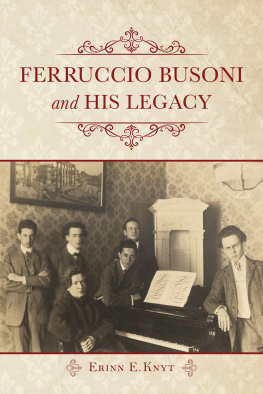



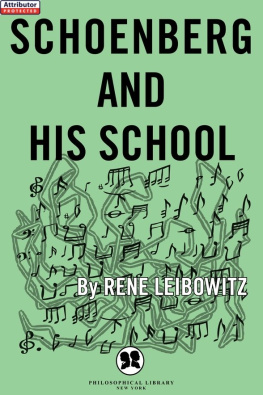
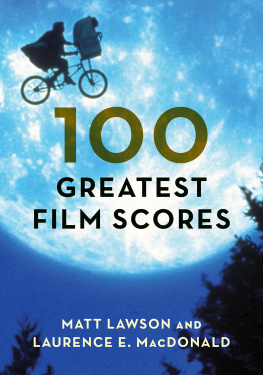
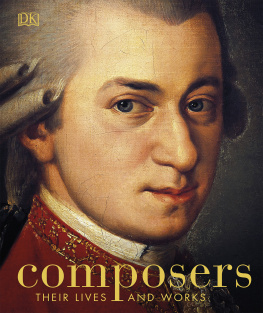
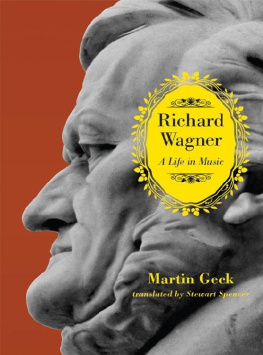

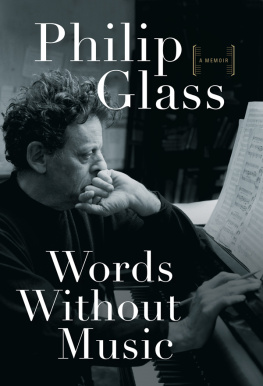



 ERINN E. KNYT
ERINN E. KNYT
